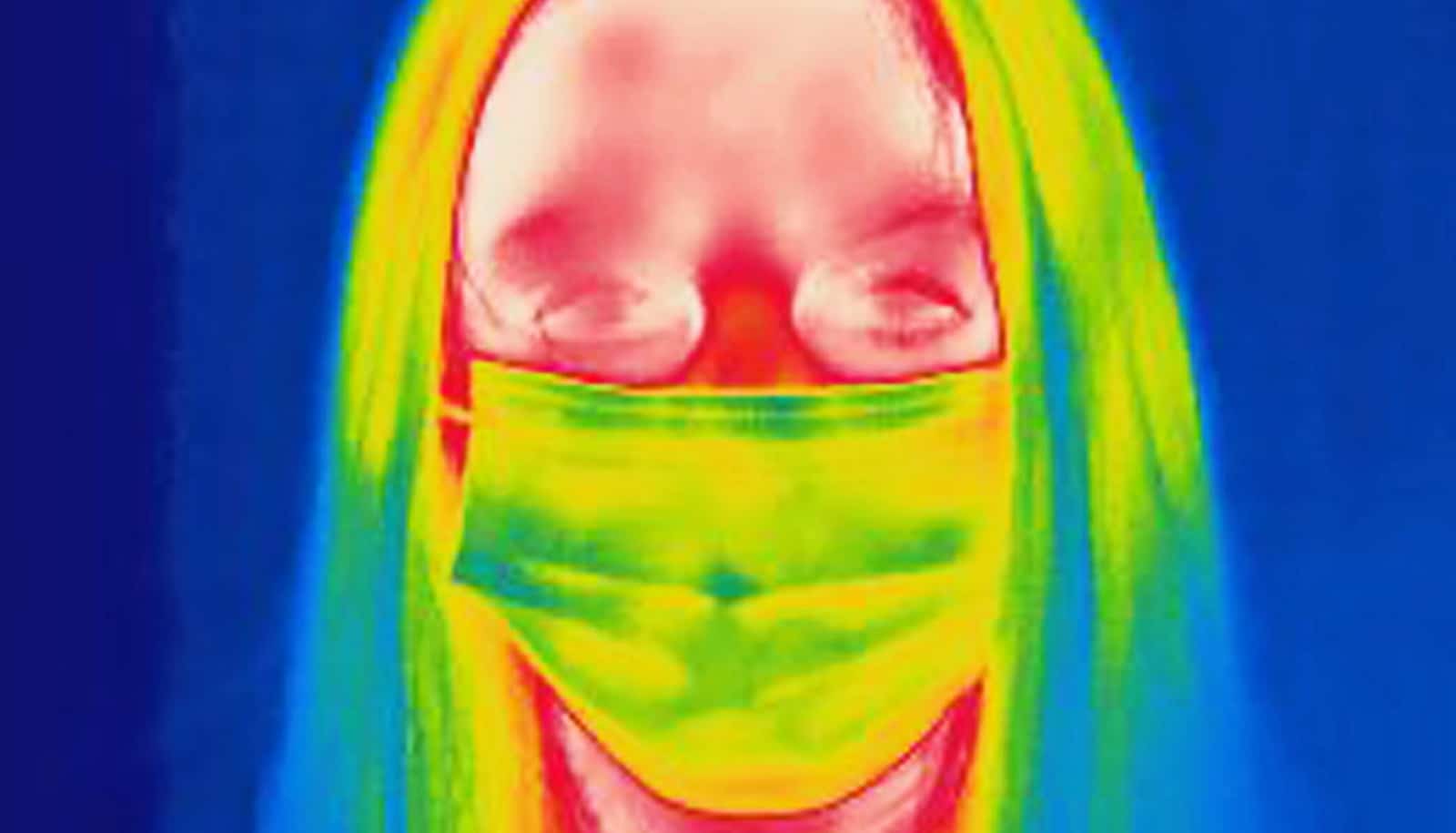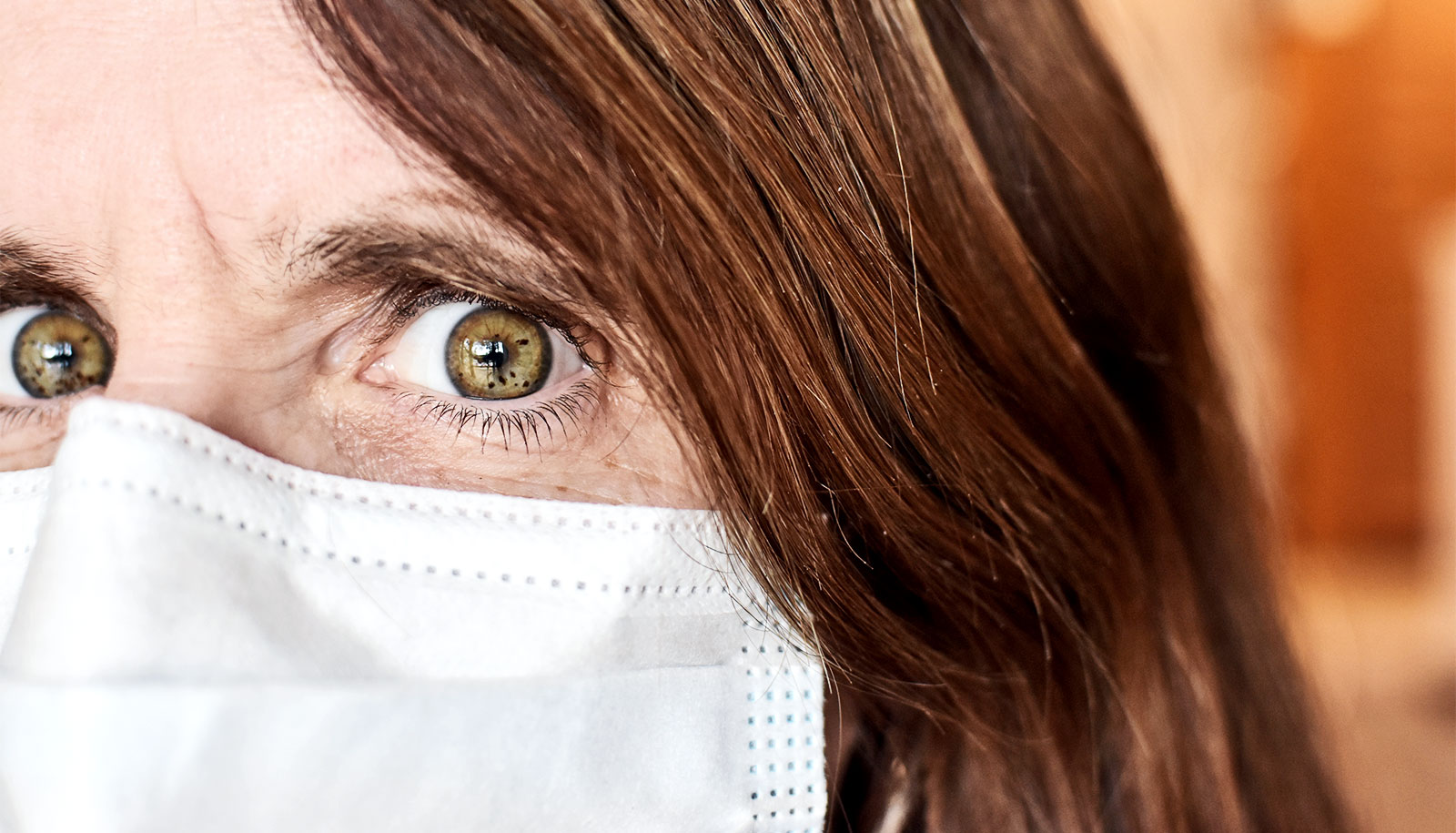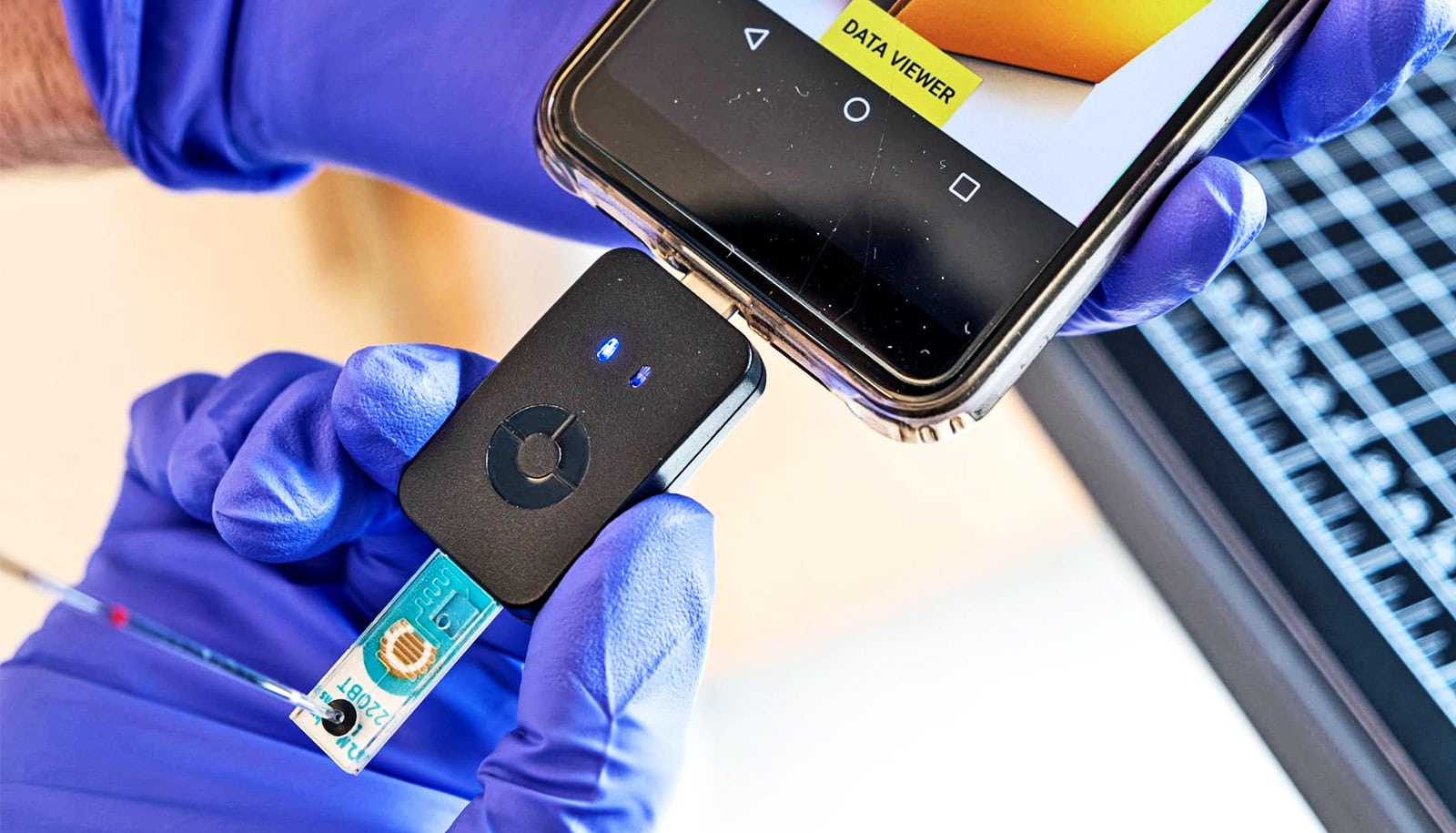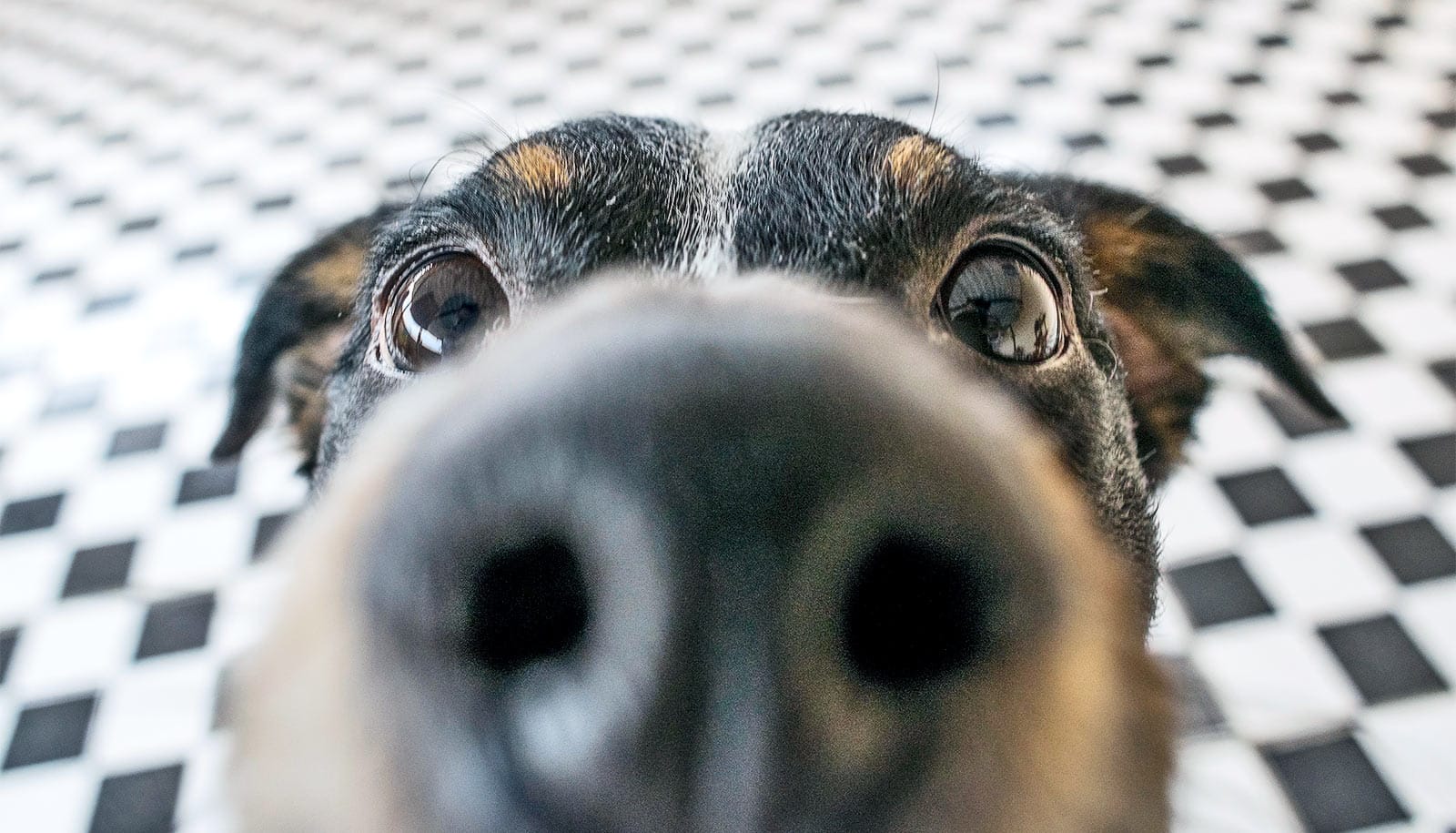Infrared thermal imaging could provide a more accurate identification of illness, particularly for individuals presenting with minimal symptoms.
As the global COVID-19 pandemic has continued to rage across the globe, temperature recordings have been widely used as a screening tool to help detect infected individuals.
“Using traditional approaches for temperature screening has several major flaws,” explains José L. Ramirez-Garcia Luna, a postdoctoral fellow at McGill University’s experimental surgery department, and the senior author of the paper in the European Journal of Clinical Investigation.

“The first is that measuring the absolute temperature, or forehead temperature, of an individual has very limited value. The reason for this is that unless the temperature is measured in the axilla, mouth, or eardrum, what is being recorded is the skin temperature, not the body’s core temperature.”
This difference is important because while the core temperature of humans is stable at around 37 degrees C (98.6 degrees F), the surface temperature shows a lot of variation between individuals, and also within the same individual over time due to environmental factors such as heat and humidity, physical activity, hormones, and differences in blood flow, among others. The result is a lack of accurate reference value for what the “normal” forehead temperature is.
“The second major flaw, and the more important one, in my opinion, is that the screening strategy is based on detecting fever, which is defined as a core temperature greater than 38.3 degrees C,” notes Ramirez-Garcia Luna. “However, whether this temperature is also reflected on an individual’s forehead at the same moment is unclear.”
Complicating matters further, many different factors can trigger fever, so it is not specific to COVID infection, and by itself has very limited value in predicting the disease.
If relative measurements are obtained, skin temperature readings become a lot more stable. “The screening strategy that we employed for our study was to use the forehead temperature as a reference point to which we compare the individual’s eye temperature,” explains Ramirez-Garcia Luna. “The rationale behind this was two-fold. First, the eye and, in particular, the eye caruncle which is the region adjacent to the nose, is a site with many blood vessels that dynamically respond to inflammatory stimuli. The second is that the COVID-19 virus has demonstrated to affect blood vessels and eye tissue, thus this region potentially offers a window into the infectious process.”
The researchers discovered that a temperature difference equal to or above 0.55 degrees C (0.99 degrees F) between the forehead and the eye is highly predictive of COVID-19 infection and more importantly, it helps discriminate between people with and without COVID-19 infection when there is a history of close contact with an infected individual and mild symptoms.
Infrared thermography is a non-contact imaging modality that is relatively cheap and easy to use. “Our results question the current screening approach and pave the way for adopting better strategies that can easily be deployed in a wide manner,” says Ramirez-Garcia Luna. “However, caution interpreting the results must be taken since this was a pilot study. Another potential limitation that needs to be addressed before a wider implementation of the method is ethical concerns on the imaging of the face of individuals, but this can be overcome by blurring the images and automating the method.”
Further work must be done to validate whether the findings can be replicated in different settings, such as a building’s entrance or the entrance to a metro station, with different equipment (i.e. handheld vs. mobile cameras that may have different sensitivities), and with different operators.
“We are currently working on automating the method to eliminate some of its variability and looking for partnerships to test it under different scenarios,” notes Ramirez-Garcia Luna.
Additional researchers are from McGill University’s Faculty of Medicine and Health Sciences and Universidad Autonoma de San Luis Potosi in Mexico.
Source: McGill University



